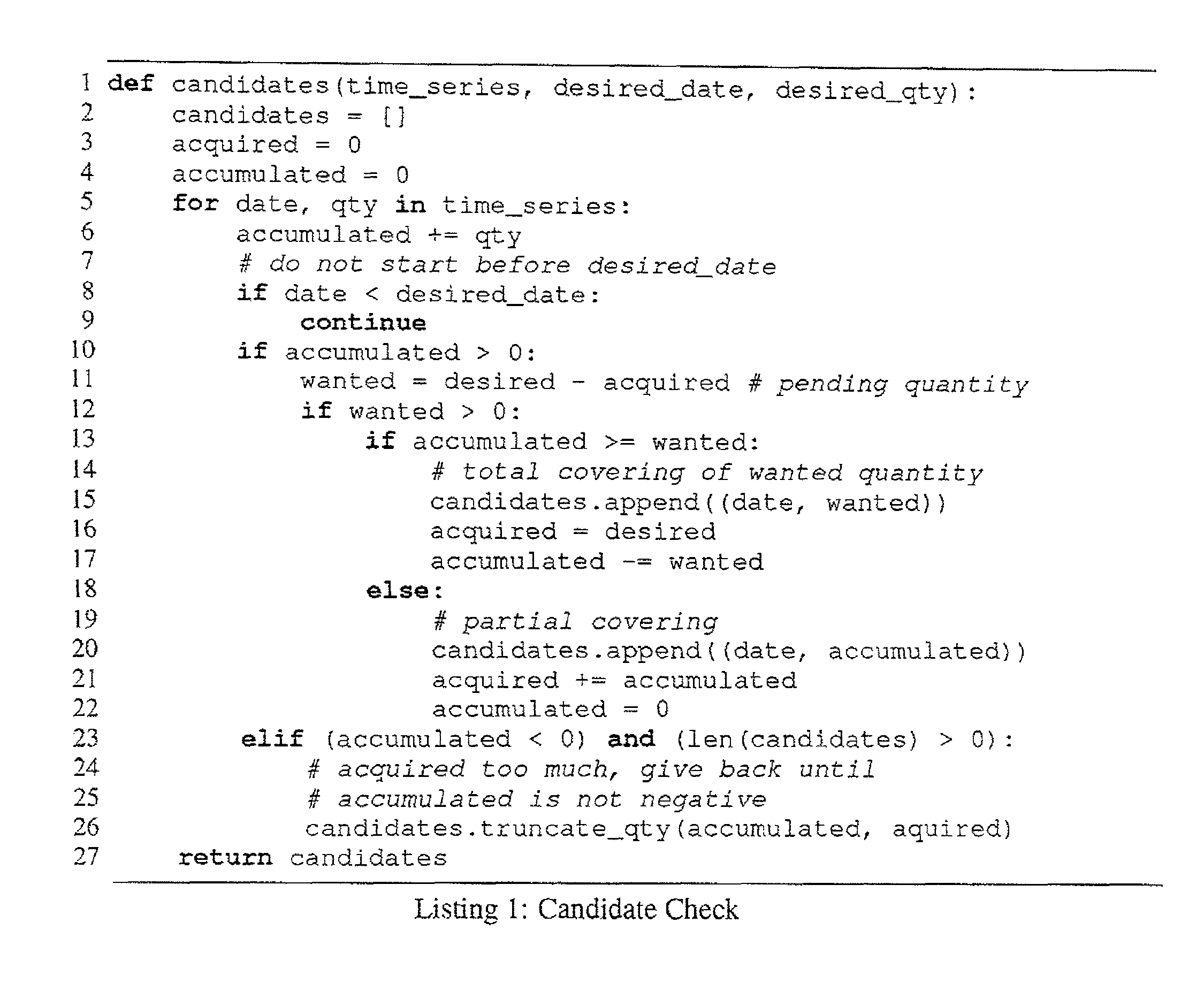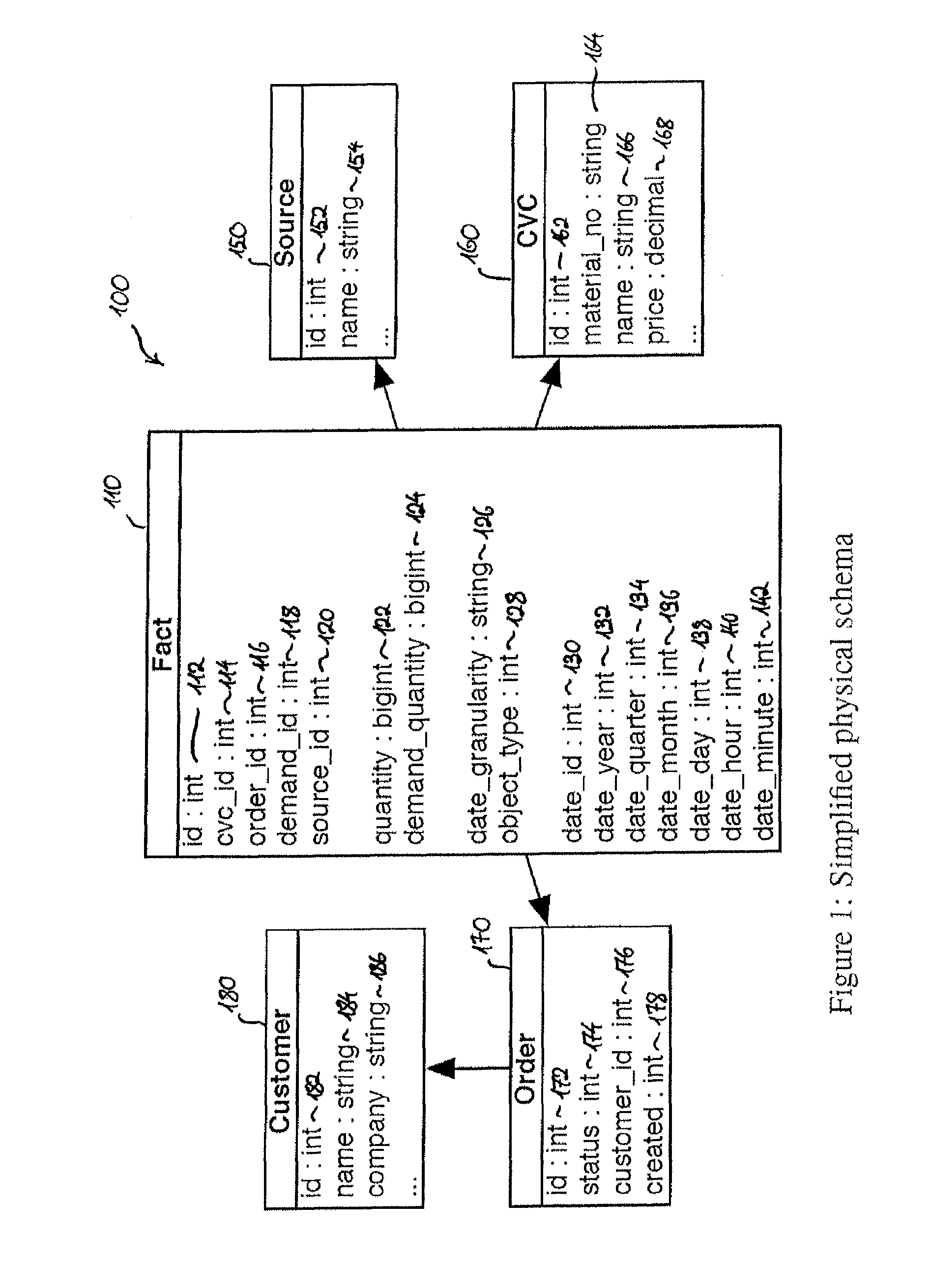Available-to-promise on an in-memory column store
a column store and available-to-promise technology, applied in multi-dimensional databases, instruments, data processing applications, etc., can solve the problems of inconvenient data replication and synchronization strategies, temporary inconsistencies, and insufficient amounts, so as to achieve significant synchronization and synchronization. , the effect of significant affecting the performan
- Summary
- Abstract
- Description
- Claims
- Application Information
AI Technical Summary
Benefits of technology
Problems solved by technology
Method used
Image
Examples
example machine
[0159
[0160]In the following, a machine in the example form of a system within which a set of instructions, for causing the machine to perform any one or more of the methodologies discussed herein, may be executed. The systems for running a computer (e.g., a database management system), a client, a server, and a database may be an according machine. In alternative embodiments, the machine operates as a standalone device or may be connected (e.g., networked) to other machines. In a networked deployment, the machine may operate in the capacity of a server machine or a client machine in a server-client network environment, or as a peer machine in a peer-to-peer (or distributed) network environment. The machine may be a personal computer (PC), a point of sale terminal, a tablet PC, a set-top box (STB), a Personal Digital Assistant (PDA), a cellular telephone, a web appliance, a network router, switch or bridge, or any machine capable of executing a set of instructions (sequential or othe...
PUM
 Login to View More
Login to View More Abstract
Description
Claims
Application Information
 Login to View More
Login to View More - R&D
- Intellectual Property
- Life Sciences
- Materials
- Tech Scout
- Unparalleled Data Quality
- Higher Quality Content
- 60% Fewer Hallucinations
Browse by: Latest US Patents, China's latest patents, Technical Efficacy Thesaurus, Application Domain, Technology Topic, Popular Technical Reports.
© 2025 PatSnap. All rights reserved.Legal|Privacy policy|Modern Slavery Act Transparency Statement|Sitemap|About US| Contact US: help@patsnap.com



